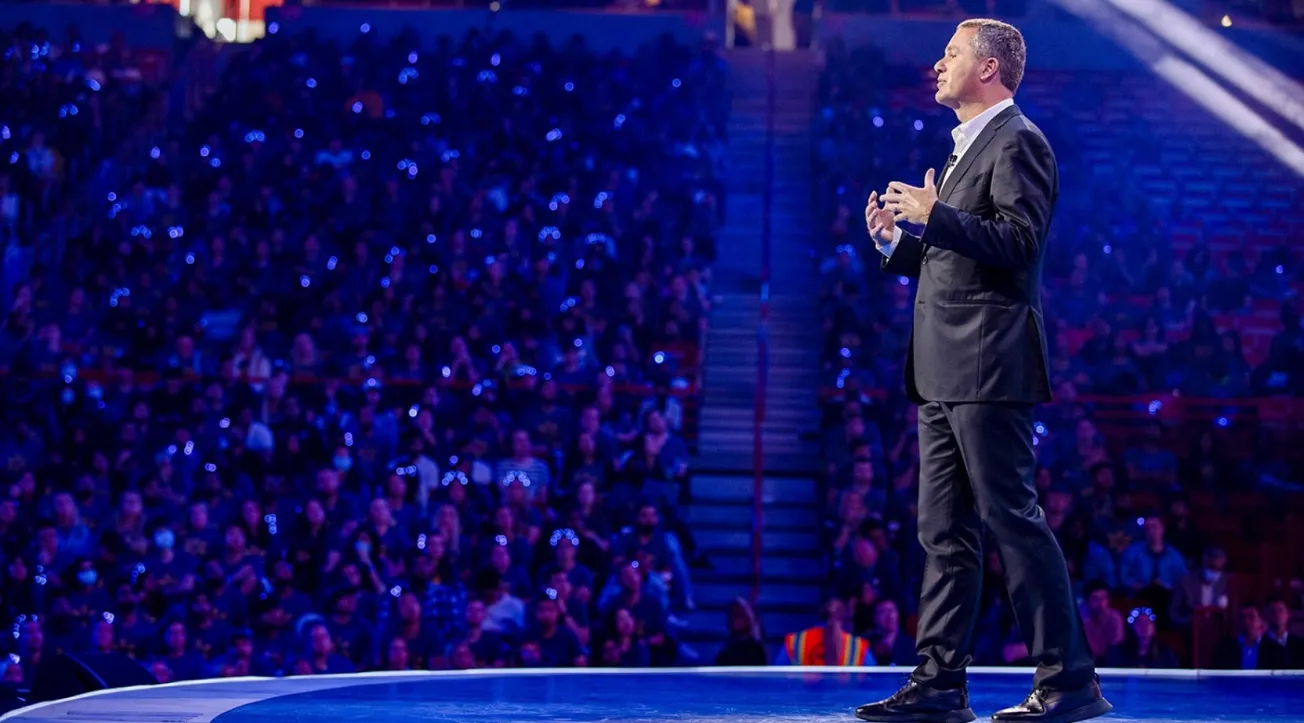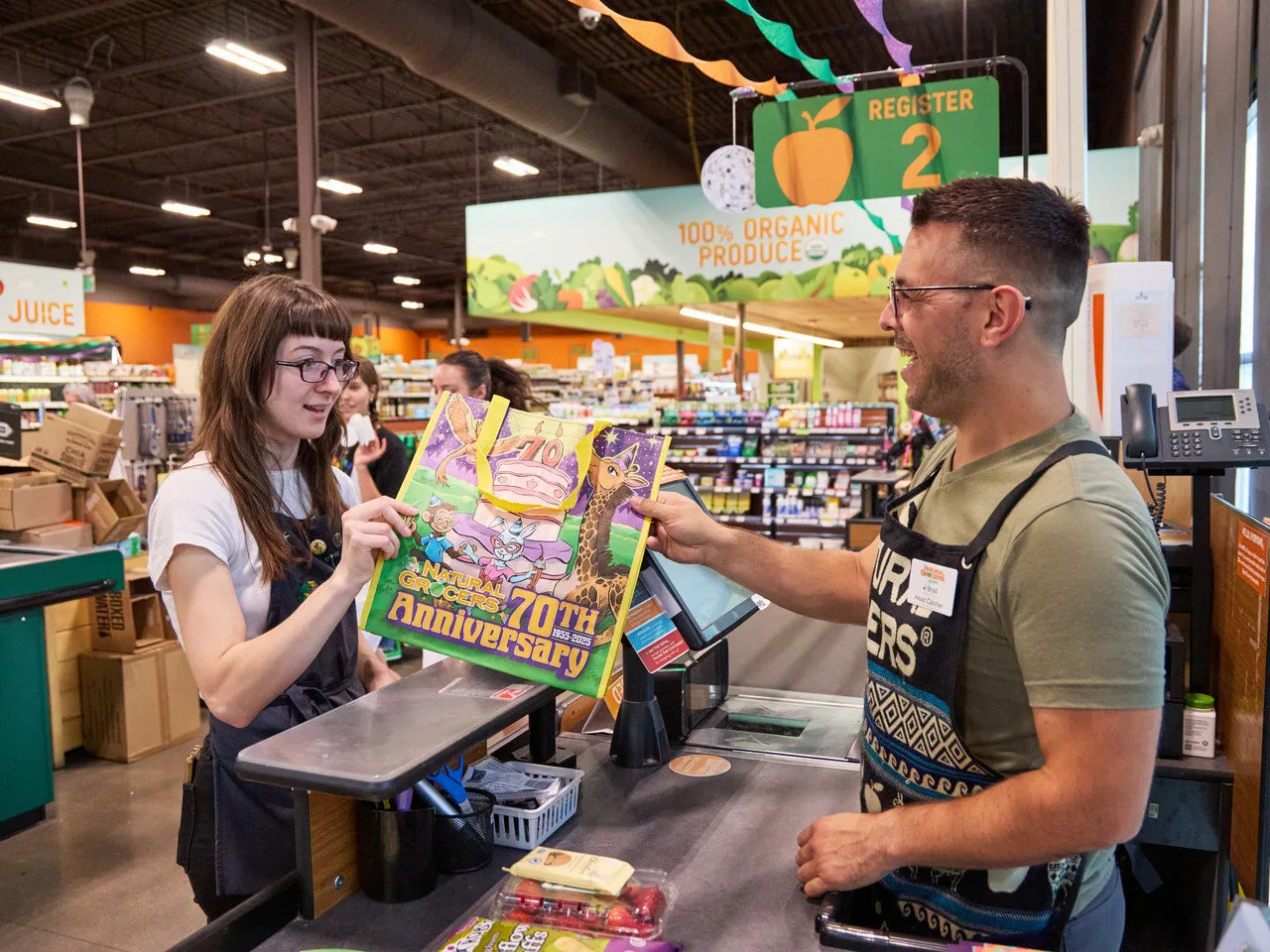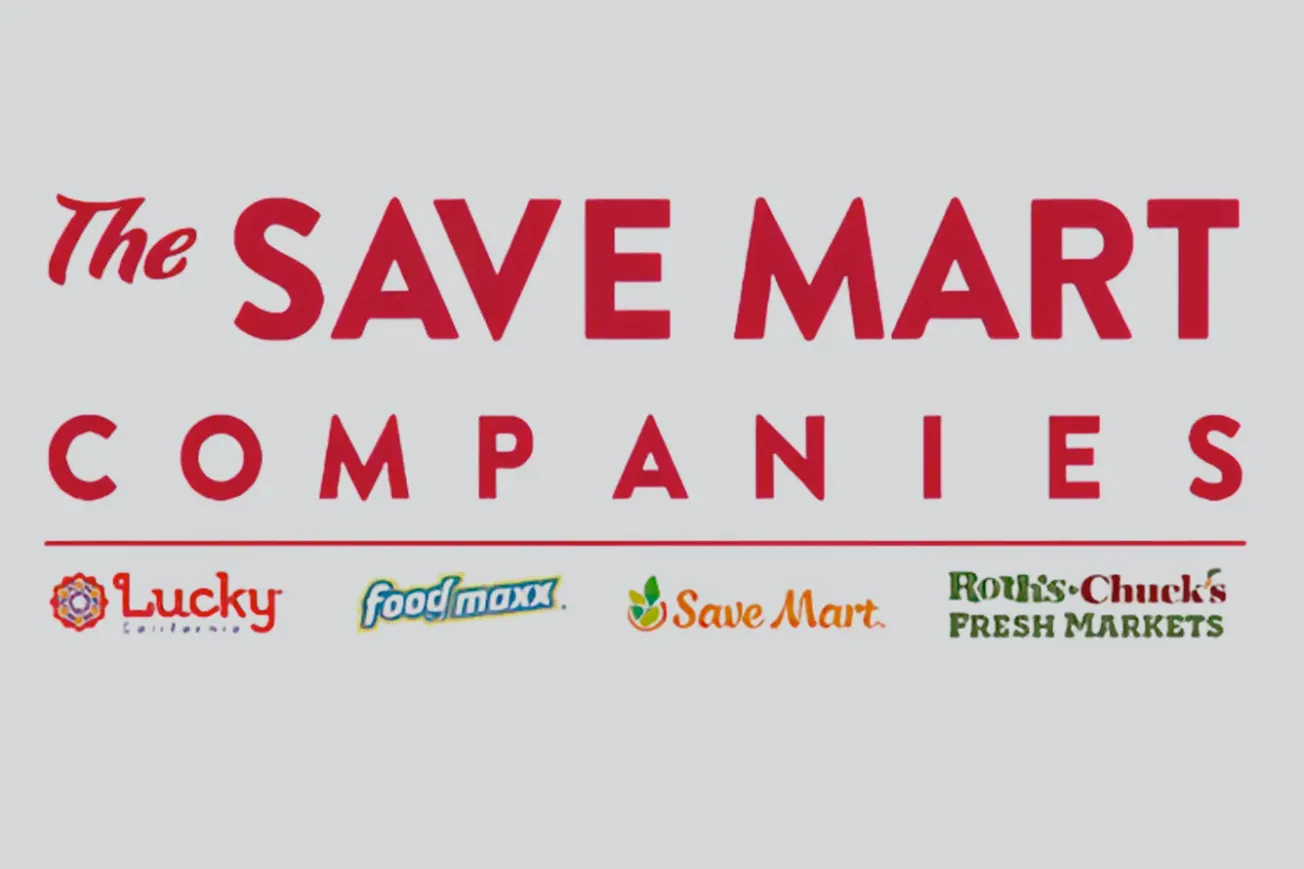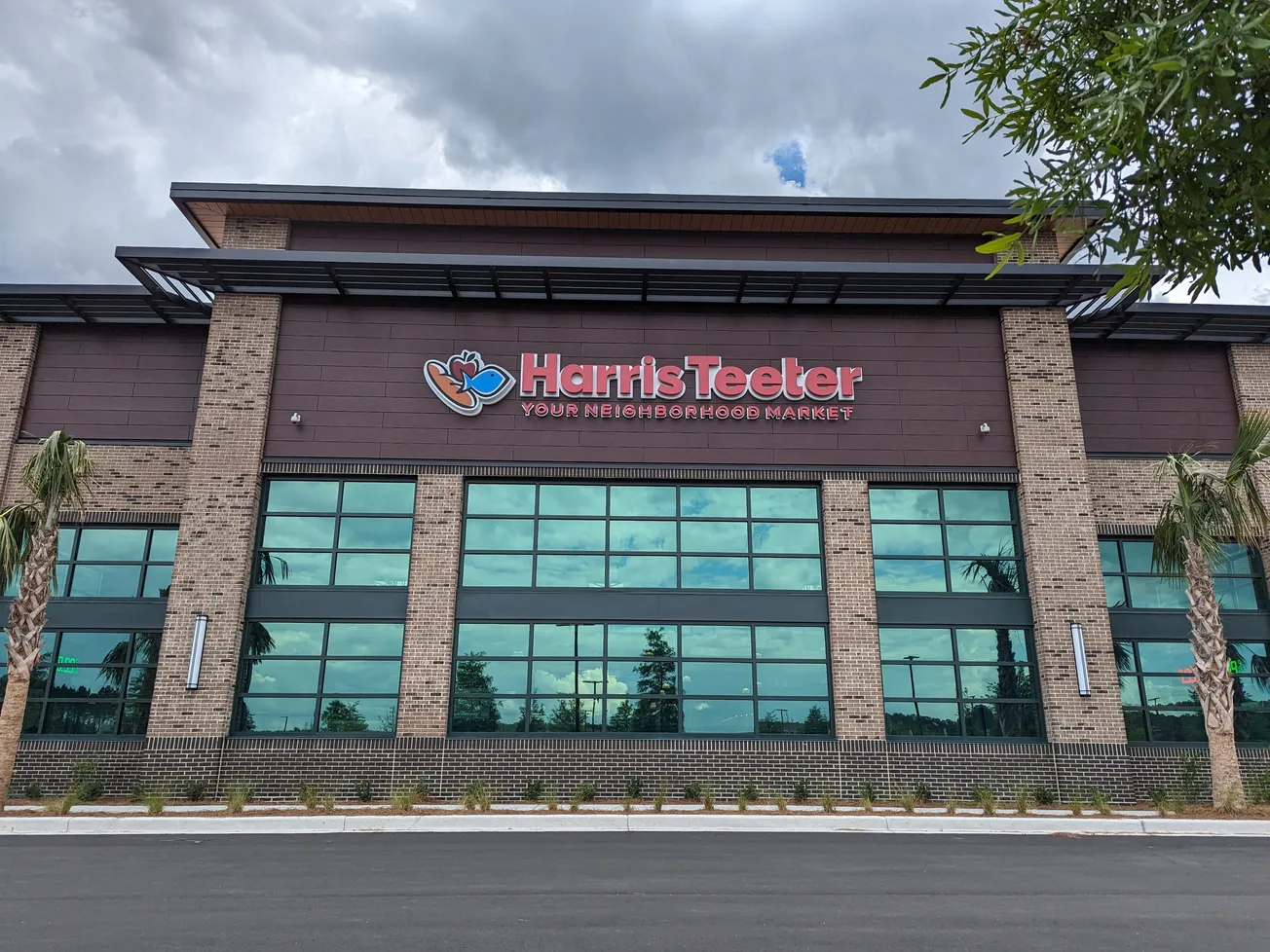In a recent issue of MMR, this space was devoted to commending Walmart for the successful completion of the first phase of Project Gigaton — six years ahead of schedule. Working in concert with its CPG suppliers, 75% of which now take part in the program, the retailer has thus far been able to cut or sequester 1 billion metric tons of carbon over the duration of the initiative, which was launched in 2017. To put that in perspective, each year the U.S. emits some 6.3 billion tons of carbon.

Impressive as it is, Project Gigaton is just one aspect of Walmart’s commitment to environmental health. Going beyond sustainability, It aspires to be a regenerative company.
“That’s a North Star for us,” says Kathleen McLaughlin, executive vice president and chief sustainability officer. “Regenerative is a word that means adding back, making better, having a positive impact — that’s really our goal. For years, we’ve talked about sustainability, and that’s certainly an important mission, but you can sustain something leaving it just the way it is, and we wanted to really get across this notion that, no, we’re actually trying to address some challenges in a way that makes the production of the products that we sell — whether it’s food or apparel or electronics — even better for the communities that make them, for the planet, and for our customers.”
Walmart’s efforts to live up to the high standards it has established cut across the entire organization and extend out to business partners and beyond. A sampling of ongoing sustainability projects at Walmart involve energy, transportation, waste reduction, water and land conservation, and regenerative farming.
The benefits for the environment stemming from such programs are easy to discern. What’s sometimes overlooked, however, is the positive impact that they have on companies that adopt them.
“This is the hard work of business innovation. It’s no different than any other kind of innovation that we do, whether it’s technology or it is a form of technology,” McLaughlin says. “The work continues and the reason is all the things we’re talking about are good for business, they’re good for sales, they’re good for managing cost, they’re good for managing resilience and surety of supply in the supply chain. This is just what it takes to run a good competitive business in 2024.”
Walmart has shown the way. Companies can do well by doing good. Now more than ever, it is incumbent on all businesses to find ways to protect and enhance our shared environment.







